= Echinocereus papillosus var. angusticeps (Clover) W.T.Marshall
Cactaceae (Berlin) 119. 1941
Accepted Scientific Name: Echinocereus papillosus Linke ex Rümpler
Handb. Cacteenk. (ed. 2 - Rümpler) ed. 2, 783. 1885 Rümpler
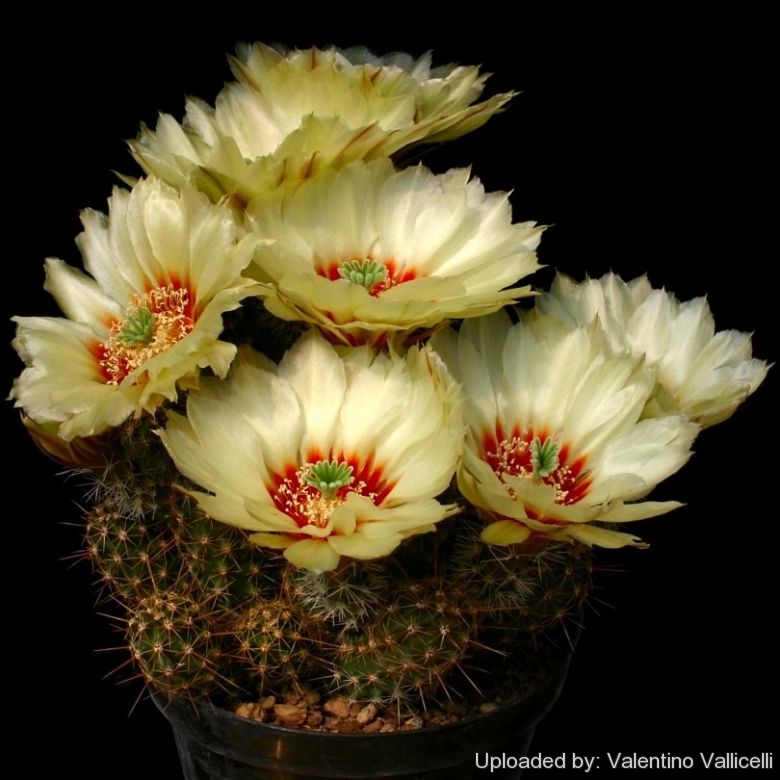
Echinocereus papillosus var. angusticeps (Yellow Alicoche)
(SB1787 Northwest Hidalgo County, Texas, USA ) Flowers are extremely attractive and pretty. Bright yellow, shining and silky 10-12 cm wide, with a red throat
Origin and Habitat: Echinocereus papillosus comes from USA (south Texas) and Mexico (Northern Tamaulipas and Northern Nuevo Leon) the var. angusticeps is found in a small area of northwestern Hidalgo County, and a very small area of adjacent Starr County (Texas).
Synonyms:
See all synonyms of Echinocereus papillosus
back
Accepted name in llifle Database:Echinocereus papillosus Linke ex RümplerHandb. Cacteenk. (ed. 2 - Rümpler) ed. 2, 783. 1885Synonymy: 12
back
Common Names include:
ENGLISH: Allicoche hedgehog cactus, Small papillosus, Yellow Alicoche
Description: Echinocereus papillosusSN|8474]]SN|8474]] var. angusticeps is similar to the type species, but markedly smaller and forms large dense clusters of 12-50 stems (usually only 2 to 12 in Echinocereus papillosusSN|8474]]SN|8474]] )
Habit: Basally branching, forming clusters or cushions, usually erect but sometimes prostrate and sprawling.
Stem: Small, cylinder-shapedpale green stems (tan colour in full sun), 7-12 cm long, 2-3 cm thick.
Ribs: 7 to 9 notched.
Tubercles: Conical, with areoles on tip, 10-12 mm apart, separated by deep valleys which almost interrupt ribs continuity.
Areoles: Small, bare.
Spines: As the species, white to brown or yellow but shorter.
Radial spines: About 7-11, acicular, stright, bristle-like, round, from bulbous bases, spreading, usually less than 10 mm long, upper 2-3 much shorter.
Central spines: Solitary, acicular, porrect, with very bulbous base, perpendicular to stem surface, less than 15 mm long often with dark brown base, yellow zone in middle, brown tip.
Flowers: As the species, extremely attractive and impressive, except slightly smaller with more petals, usually blunter at tips. Bright yellow (but more greenish than the species), up to 10 cm wide, with a paler red throat in early April-May.
Fruits: A small green berry covered with short bristles.
Bibliography: Major references and further lectures
1) James Cullen, Sabina G. Knees, H. Suzanne Cubey “The European Garden Flora Flowering Plants: A Manual for the Identification of Plants Cultivated in Europe, Both Out-of-Doors and Under Glass” Cambridge University Press, 11/Aug./2011
2) David Hunt, Nigel Taylor “The New Cactus Lexicon” DH Books, 2006
3) Edward F. Anderson “The Cactus Family” Timber Press, 2001
4) Nathaniel Lord Britton, Joseph Nelson Rose “Cactaceae: Descriptions and Illustrations of Plants of the Cactus Family” Volume 3, 1922
5) Paul S Martin, Davis Yetman, Mark Fishbein, Phil Jenkins, Thomas R. van Devender, & Rebecca K. Wilson "Gentry's Río Mayo Plants: The Tropical Deciduous Forest & Environs of Northwest Mexico" University of Arizona Press, 1998
6) Natt Noyes Dodge, Jeanne R. Janish "Flowers of the Southwest Deserts" Western National Parks Association, 01/gen/1985
7) Del Weniger "Cacti of the Southwest: Texas, New Mexico, Oklahoma, Arkansas, and Louisiana" University of Texas Press, 1969
8) Del Weniger "Cacti of Texas and Neighboring States: A Field Guide" University of Texas Press, 1984
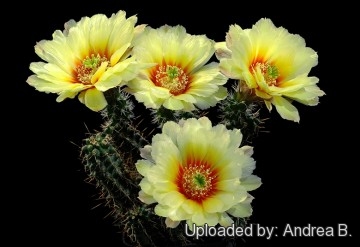 Echinocereus angusticeps (Echinocereus papillosus var. angusticeps) Photo by: Andrea B.
Echinocereus angusticeps (Echinocereus papillosus var. angusticeps) Photo by: Andrea B.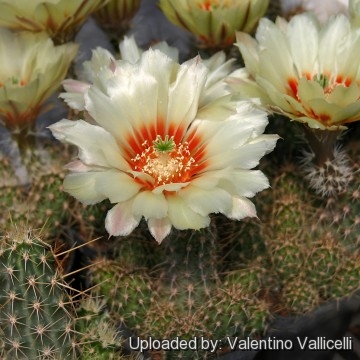 Echinocereus angusticeps (Echinocereus papillosus var. angusticeps) Photo by: Valentino Vallicelli
Echinocereus angusticeps (Echinocereus papillosus var. angusticeps) Photo by: Valentino Vallicelli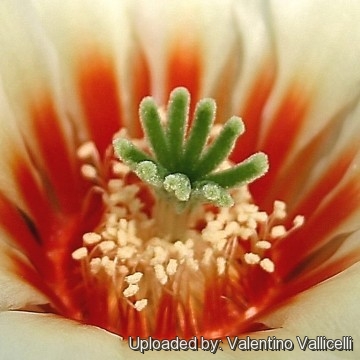 Echinocereus angusticeps (Echinocereus papillosus var. angusticeps) Photo by: Valentino Vallicelli
Echinocereus angusticeps (Echinocereus papillosus var. angusticeps) Photo by: Valentino Vallicelli Echinocereus angusticeps (Echinocereus papillosus var. angusticeps) Photo by: Valentino Vallicelli
Echinocereus angusticeps (Echinocereus papillosus var. angusticeps) Photo by: Valentino Vallicelli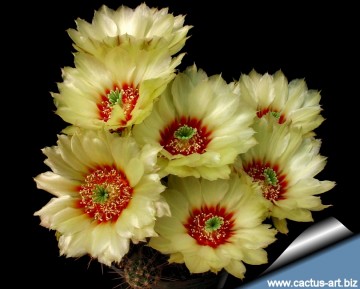 Echinocereus angusticeps (Echinocereus papillosus var. angusticeps) Photo by: Cactus Art
Echinocereus angusticeps (Echinocereus papillosus var. angusticeps) Photo by: Cactus Art Echinocereus angusticeps (Echinocereus papillosus var. angusticeps) Photo by: Valentino Vallicelli
Echinocereus angusticeps (Echinocereus papillosus var. angusticeps) Photo by: Valentino Vallicelli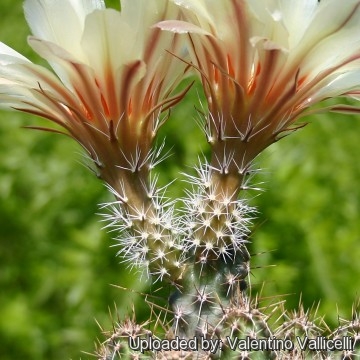 Echinocereus angusticeps (Echinocereus papillosus var. angusticeps) Photo by: Valentino Vallicelli
Echinocereus angusticeps (Echinocereus papillosus var. angusticeps) Photo by: Valentino Vallicelli Echinocereus angusticeps (Echinocereus papillosus var. angusticeps) Photo by: Peiffer Clement
Echinocereus angusticeps (Echinocereus papillosus var. angusticeps) Photo by: Peiffer ClementCultivation and Propagation: In culture Echinocereus papillosusSN|8474]]SN|8474]] var. angusticeps is without problems, easy to grow, very attractive and regularly shows its beautiful flowers, if provided with an adequate winter rest period.
Soil: It grows well in a rich, well drained soil such us clay, pumice, lava grit, and only a little peat or leaf-mould, but it isn't picky about soil.
Repotting: If potted, repot them preferably in the spring, if their roots become cramped. Generally, they should be repotted every other year in order to provide fresh soil. However, this doesn't necessarily mean they'll need larger containers. Fill about a quarter of the pot with broken crocks, gravel, etc. to promote good drainage. After repotting, do not water for a week or more. Use pot with good drainage.
Moisture: It is sensitive to over-watering (rot prone), and needs good drainage. In the winter keep it cool, and absolutely dry conditions. In summer keep it well watered when it's hot. If the soil is allowed to be dry for too long root loss could follow but equally the same result would occur if the plants are both wet and cold. From March onward the plant will begin to grow and watering should be increased gradually until late May when the plant should be in full growth.
Fertilization: Feed with a high potassium fertilizer in summer. Feeding may not be necessary at all if the compost is fresh then, feed in summer only if the plant hasn't been repotted recently. Do not feed the plants from September onward as this can cause lush growth which can be fatal during the darker cold months.
Exposure: In the summer they need an airy location in bright or partial sun. To achieve the best spine density give these plants lots of sun.
Hardiness: It is quite frost hardy -7° C or less for short periods of time.
In mild climate they grow well when planted freely outside in well-drained soil. They need to be kept in a cool place during winter rest (at -5 +10°C) this is important for the flowers as well as for their health. Without this cool winter period they normally wont get any buds.
Diseases and pests: Watch for infestations of mealybugs, scale insects and spider mite. Rot is only a minor problem with cacti if the plants are watered and “aired” correctly. If they are not, fungicides won't help all that much.
Propagation: Seeds are the only way of reproducing, remembering that seedlings dislike strong light and dry conditions and need to be repotted frequently. Seed Collecting: Permit fruit to ripen. Fruit must be significantly overripe before harvesting seed; clean and dry seeds. It is also can be grown from cuttings, as it can branch from the base.
Your Photos

by Andrea B.

by Andrea B.





















